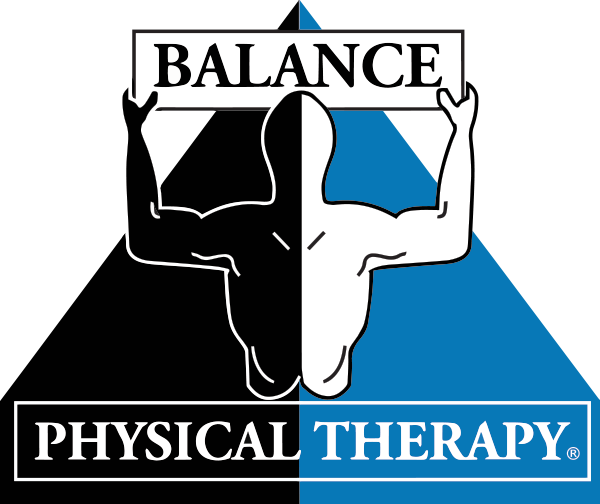Learning Frequent Sports Ailments and Effective Recovery Strategies aimed at Athletes
Learning Frequent Sports Ailments and Effective Recovery Strategies aimed at Athletes
Blog Article
Sports injuries are frequent among sportspeople of all ages and proficiency levels. These injuries can occur in various forms, including ligament injuries, muscle injuries, breaks, and tendonitis. Understanding the kinds of traumas that can occur during sports events is crucial for both prevention and care. Ligament injuries, for example, entail the overextending or tearing of ligaments, which link skeletal structures at a joint. Muscle injuries, on the contrary hand, impact muscles or tendons, which attach muscles to skeletal structures. Recognizing these traumas promptly can help sportspeople seek appropriate care and come back to their sport more rapidly.
One of the most frequently seen injuries in athletics is the ankle sprain. This injury often happens when an individual lands ungracefully or twists their ankle during a match. Signs of an ankle ligament injury include discomfort, swelling, and trouble walking. Immediate treatment typically involves the R.I.C.E. approach, which stands for Recovery, Ice, Compression, and Lifting. This approach aids reduce swelling and pain. In severe severe situations, rehabilitative therapy may be required to restore power and flexibility to the foot before returning to sports.
Another common trauma is a muscle injury, which can happen in any athletic activity that requires quick movements or intense lifting. Sportspeople may suffer a muscle injury when they extend a muscular tissue too much or when they apply too great force. Signs include sharp discomfort, swelling, and muscle contractions. Rehabilitation for muscular injuries often includes gentle stretching and conditioning exercises. Slowly raising exercise levels is crucial to avoid re-injury. Sportspeople should work tightly with a physical therapist to resource develop a secure and effective rehabilitation strategy.
Tendonitis is another trauma that can impact sportspeople, particularly those who engage in frequent motions, such as runners or aquatic athletes. This issue occurs when a tendon, which links muscular tissue to bone, becomes inflamed. Common locations involved by tendon inflammation include the arm, shoulder, and knee. Symptoms often include pain and rigidity, especially during movement. Treatment for tendon inflammation usually includes rest, cooling, and pain-relief drugs. In some cases, physical therapy may be recommended to improve flexibility and power in the injured area.
Avoiding athletic injuries is just as important as addressing them. Sportspeople can reduce their risk of injury by heating up correctly before activities, using the right gear, and keeping good physical condition. Strength training and flexibility workouts can assist ready the body for the demands of athletics. Additionally, sportspeople should pay attention to their bodies and take rest when necessary. By understanding frequent athletic traumas and applying effective rehabilitation plans, sportspeople can remain healthy and enjoy their beloved athletic activities for years to come.